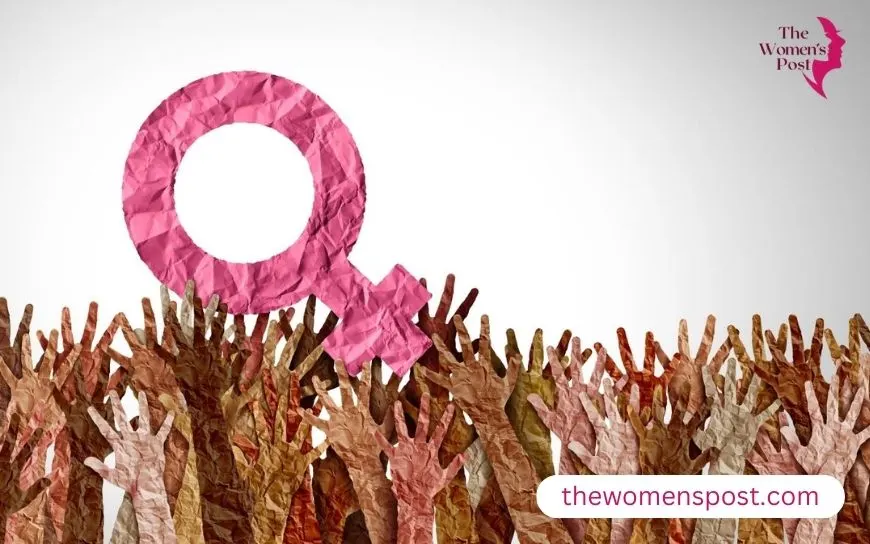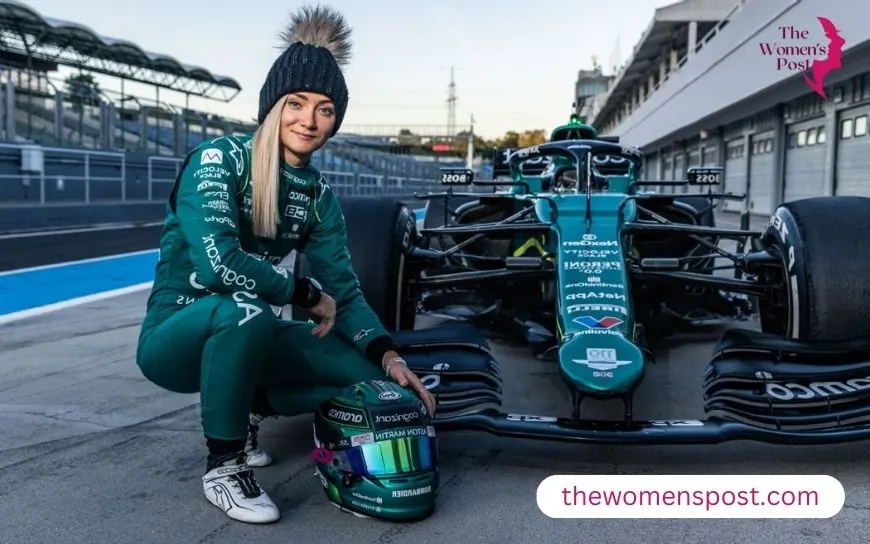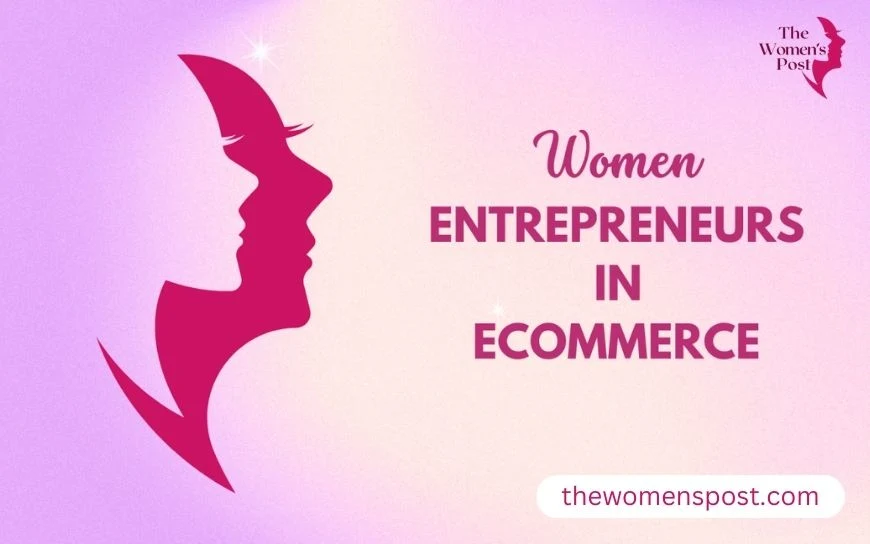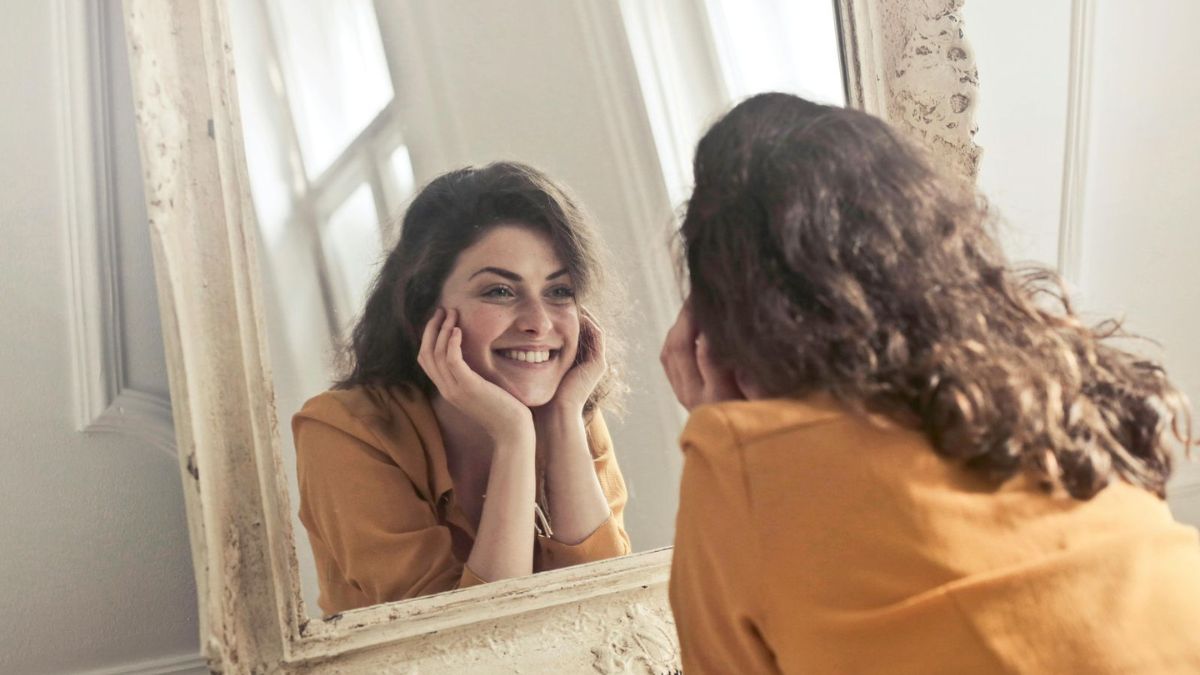Fashion Without Limits: Embracing the Body-Positive Movement

Fashion has always been more than simply clothing; it represents self-expression, individuality, and even empowerment. However, for much of modern history, the business has imposed stringent and sometimes impossible beauty standards, making many people feel excluded or unrepresented. From magazine covers to high-fashion runways, the message was clear: beauty meant being skinny, tall, and conventionally beautiful. Those who did not fit this mould were frequently ignored, forced to wear ill-fitting clothing, or told they needed to transform their bodies to seem trendy.
But now, a welcome and much-needed transition is taking place. The growth of body-positive fashion is more than just a fad; it is a transformational movement that embraces diversity and challenges the industry’s long-standing conventions. Body inclusiveness is no longer limited to niche industries; it has become a mainstream demand, transforming how businesses create, promote, and present their goods. This metamorphosis is more than simply aesthetics; it reflects bigger cultural shifts, with self-love, mental wellbeing, and inclusion taking centre stage.
The influence of body-positive fashion extends beyond just extending size ranges and incorporating more varied models. It is about altering the narrative of beauty and self-esteem. It recognises that confidence, pleasure, and style should be available to everyone, regardless of form, size, gender, or background.
Why Body-Positive Fashion Matters
For decades, the fashion industry has idealised a narrow body type, frequently portraying ultra-thin models as the pinnacle of beauty. This one-size-fits-all attitude has alienated many people, leaving them feeling invisible or unworthy of the limelight in fashion. However, when talks about self-love, mental health, and diversity gained traction, the industry was compelled to rethink its antiquated policies.
Body-positive fashion is important because it recognises a basic truth: beauty comes in many shapes, sizes, and forms. It’s not about elevating one body type above another; it’s about making room for everyone to be seen, heard, and respected.
The Impact of Social Media and Influencers
Social media has played a significant role in moving the body-positive movement ahead. Plus-size celebrities, activists, and regular people who share their journeys to self-acceptance have found a voice on platforms such as Instagram and TikTok. Hashtags such as #BodyPositivity, #AllBodiesAreGoodBodies, and #EffYourBeautyStandards have fostered online communities in which individuals support one another and question beauty conventions.
Influencers such as Ashley Graham, Paloma Elsesser, and Nabela Noor have utilised their platforms to not just exhibit fashionable clothing, but also to stir crucial discussions about body shaming, diet culture, and the need for more inclusive design lines. Their genuineness has connected with millions, forcing businesses to reconsider their strategy.
How Brands are Responding
Many businesses are updating their tactics to reflect the move towards body-positive fashion. Major brands such as Nike, H&M, and ASOS have widened their size ranges and included models with varied body types in their advertisements. Luxury fashion businesses, previously criticised for exclusivity, are increasingly hiring plus-size models and cooperating with designers that value diversity.
Furthermore, indie and sustainable fashion designers are making waves by embracing body diversity and rejecting Photoshopped photos. These brands are demonstrating that fashion is about embracing your uniqueness rather than conforming to societal expectations.
The Emotional Impact: Fashion as Self-Expression
Body-positive fashion is more than simply the clothes; it is about how they make people feel. For someone who has suffered with body image issues, discovering a trendy garment that fits well and looks great may be a game changer. It’s about regaining confidence, expressing yourself, and feeling strong in your own skin.
When people see models that look like them—whether voluptuous, petite, tall, or disabled—it sends a strong message: you belong here. Fashion becomes less about concealing “flaws” and more about embracing what makes you distinctive.
The Road Ahead: More Than A Trend
While progress is promising, much more work need to be done. Many firms continue to utilise “token” plus-size models for PR purposes rather than committing to true diversity. Let’s not forget about the ongoing battle against artificial beauty standards fuelled by filters and picture retouching.
Real change will occur when body positivity is no longer a term but a core philosophy ingrained in all aspects of the fashion business, from design to marketing to retail.
Body-positive fashion is really about how you feel in your own flesh, not just what you wear. Clothing should empower, not humiliate. It should instill confidence, not uneasiness. The most trendy clothing is characterised not by trends, but by how it makes the wearer feel: daring, gorgeous, and completely themselves.
This movement is about more than simply the fashion industry making changes; it is also about society redefining what it means to be fashionable, beautiful, and deserving. Every time a business increases its size range, a model with a new body shape adorns a billboard, or someone boldly wears something they formerly thought they “couldn’t pull off,” progress is achieved.
However, the road ahead remains lengthy. Token representation, performative inclusion, and the remaining legacy of filtered beauty all call into question the sincerity of the body-positivity movement. True change will occur when all bodies, not just a chosen few, are accepted and celebrated in all facets of fashion.
So, the next time you put on an outfit that makes you feel strong, remember that your body is not the issue—fashion is finally developing to meet you where you are. Wear what makes you joyful, accept your uniqueness, and exude confidence as if it was always intended to shine. Because, at the end of the day, the finest thing to wear is self-love.
Also read: More Than Just Fandom: The Rise of Women’s Voices in K-pop Culture









